It might be tempting to consider having your cat declawed. After all, those pesky claws are responsible for shredded drapes and scratched furniture.
However, declawing is one of the worst decisions you can make for your cat.
After reading about the resources we’ve included here, hopefully you’ll abandon the idea of declawing your cat and consider these humane alternatives.
First, let’s take a look into what exactly declawing is and why its considered one of the cruelest practices in the veterinary world.
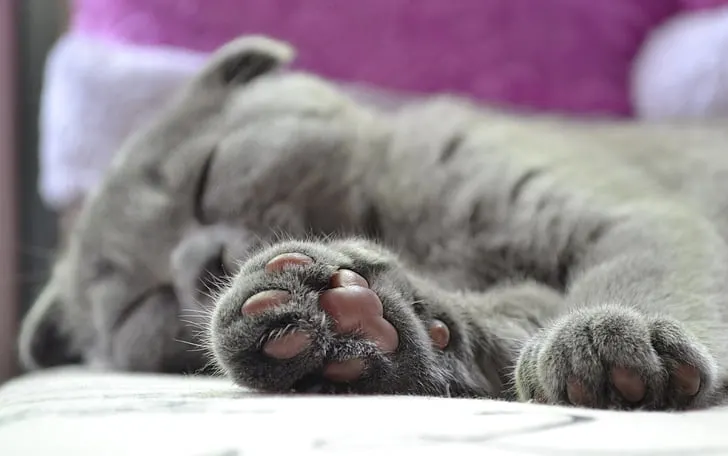
Declawing: What Is It?
At first glance, it seems like declawing would be the cat equivalent of trimming our fingernails.
However, the reality is much much worse than this. It removes more than just the claw itself.
Imagine instead of trimming your fingernails, you remove the top knuckle of each of your fingers.
Yes, declawing is the equivalent of cutting off your cat’s fingers down to the knuckle. Keep reading to learn how a declawed cat suffers.
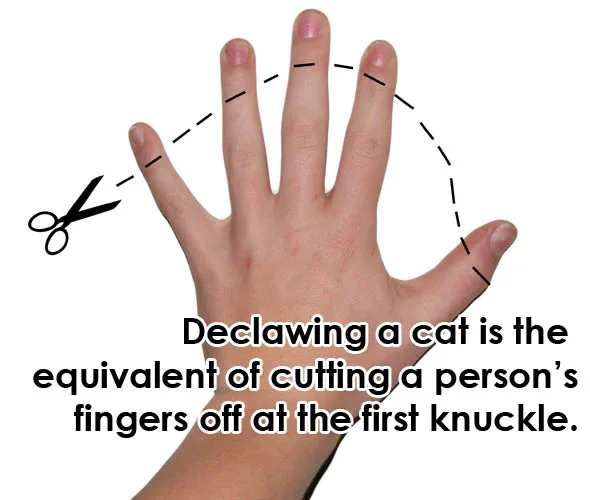
Declawing Side Effects
The declawing procedure results in severe short term, and sometimes long term pain for the cat. In many cases, a declawed cat’s paws are sensitive forever.
This could cause them to avoid anything that might irritate their paws, like using the litter box.
Here are the potential consequences of declawing:
- Nerve damage
- Lameness
- Bone spurs
- Disease
- Increased stress levels
- Aggression
- Avoidant behavior
- “Pebble in shoe” sensation
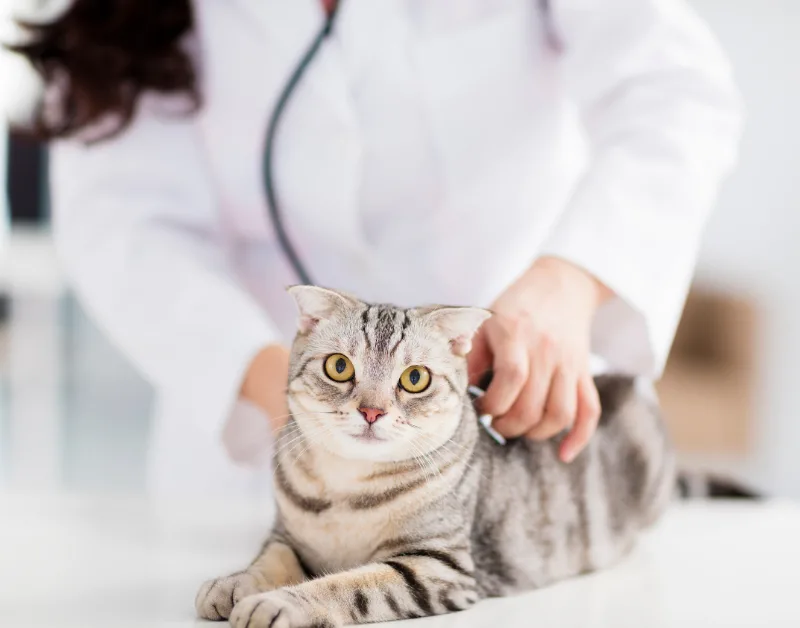
An immediate consequence of declawing (de-knuckling) could result in the cat having a “pebble in their shoe” sensation caused by bone fragments.
Sometimes declawed cats are in so much pain that they start to walk on their wrists and ankles instead of their feet.
Not many people are aware of why declawing is bad, though. So, you shouldn’t feel terrible if you considered it in the past.
You’re educating yourself on the consequences and alternatives, and that’s what matters!
Next, let’s take a look at why claws are so important to cats.
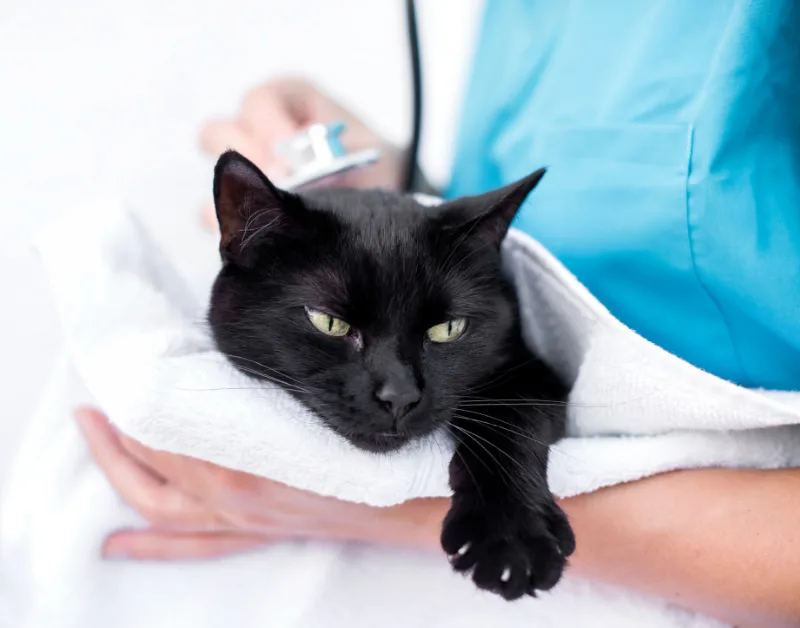
What Are Pheromones & Why They Affect Scratching
When cats scratch a surface, they release pheromones. Pheromones are chemical signals that help cats make sense of their environment.
Cats also use pheromones to communicate with each other.
Cats NEED to scratch. Keeping their claws is an essential part of cats remaining healthy and stable.
If a cat can’t scratch, their pheromone signaling is interrupted. As a result, this leads to many problems.
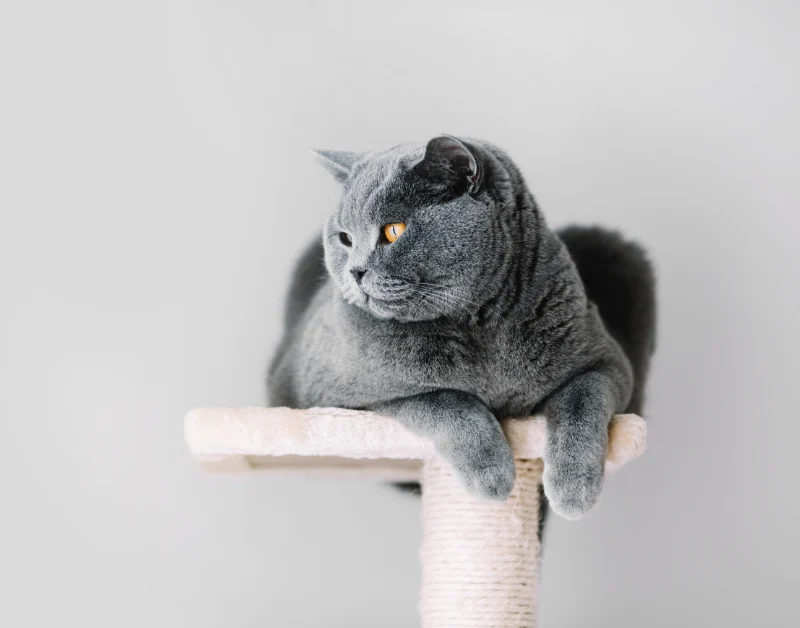
There’s plenty of research to help us understand how cats use pheromones and how we can take advantage of pheromones to help them lives better lives.
Let’s take a look at this study by Oakland Veterinary Referral Services.
This study was conducted in order to determine whether or not using a pheromone diffuser might help cats get along in a multi-cat household.
Aggression and social tension is common in a multi-cat household.
Cats are solitary animals who have difficulty sharing territory and coping with conflict.
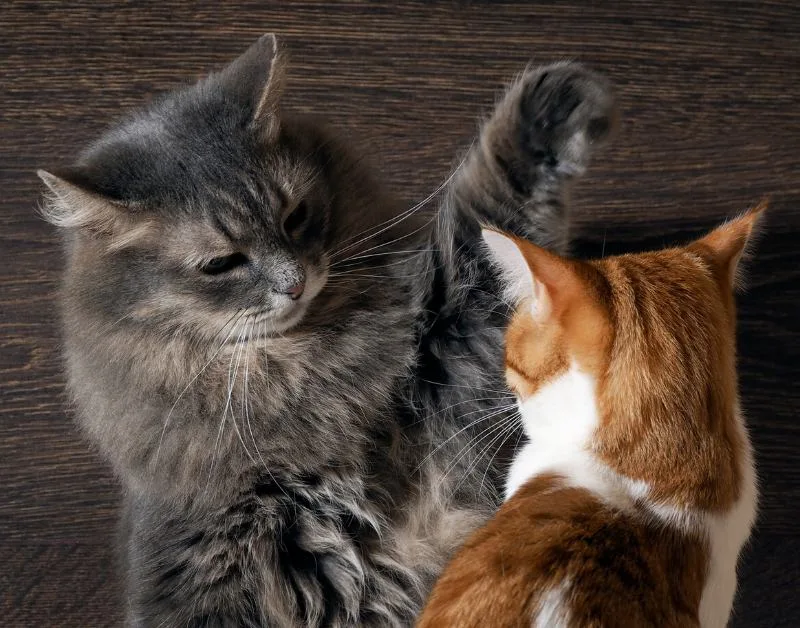
The study described how cats distribute pheromones by scratching surfaces and how these pheromones help cats get along.
Pheromones play a role in modifying their behavior.
The study found that there was a reduction in aggressive behavior when the plug-in pheromone diffuser was used.
This suggests that using a pheromone diffuser such as Feliway can not only help your cats get along, but can also prevent them from scratching unwanted surfaces.

How Do Cats Decide Where To Scratch?
Ever wonder exactly how your cat determines where it’s going to scratch?
The answer to this question is critical to you preventing your cat from scratching unwanted surfaces.
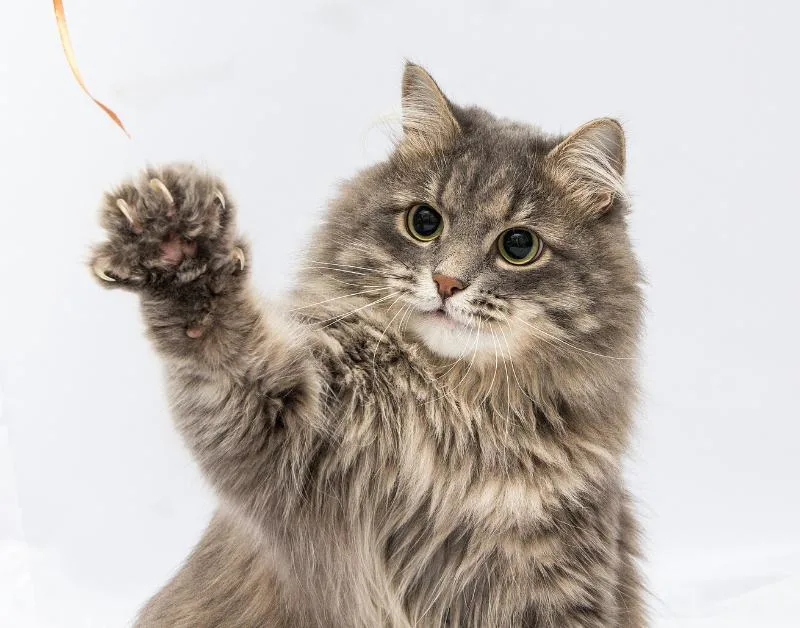
This study from Texas Tech University suggests cats are more likely to scratch where they or another cat has already scratched.
In fact, this study suggested the presence of pheromones on the scratcher was actually the largest factor in a cat’s decision to scratch or not to scratch the scratching post.
The cats in the study were more likely to use the scratchers that had been used by other cats (which had pheromones on them) than the untouched, clean scratchers.
This explains why your cat has been returning to shred your couch, carpet, or drapes.

The study also found that cats preferred the “S” shaped scratchers.
What does this mean for you? Get several scratching posts with different shapes and sizes.
Encourage your cat to use the scratching post and they will very likely continue to use them.

Alternatives to Declawing
Hopefully, everything you have read so far has convinced you that your cat needs to keep their claws!
Described below are humane alternatives to declawing your cat.
Keep in mind that a combination of these methods will change your cat’s scratching behavior. Don’t give up after trying one.
Remember the goal is to change where your cat scratches. Your goal is NOT to stop them from scratching all together. Cats must scratch to stay healthy.
IMPORTANT: Never punish your cat by yelling or hurting them when you catch them scratching an unwanted surface.
Cats don’t have the capacity to understand what curtains or furniture means to humans.
When you punish them for doing something natural to them, it makes them trust you less and associate you with pain and negativity.
Training your cat to stop scratching your furniture could take months. Be kind and patient to your cat during this process.
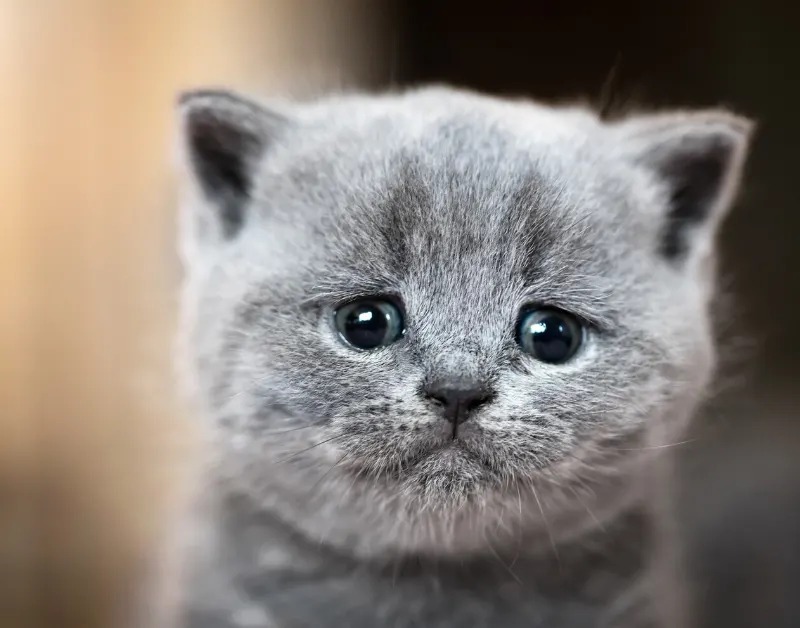
1. Pheromone Therapy as an Alternative to Declawing
This study from the Journal of Feline Medicine & Surgery found that applying synthetic pheromones influenced how frequently a cat scratched a surface.
This suggests that using pheromones can help you direct your cat where it should be scratching.
Now you know that pheromones influence a cat’s decision to scratch a surface. Instead of declawing your cat, use this information to your advantage.
To do this, follow the steps below.
Step 1: Stop your cat from scratching the surfaces they’ve already been scratching. Do this by cleaning/washing the surface.
Cat hair is a big carrier of pheromones. Do your best to keep the cat hair off the areas you don’t want your cat to scratch.
Do this with a vacuum cleaner, lint roller, or specialized tool for removing pet hair like the ChomChom Pet Hair Remover pictured below.

Step 2: Use Feliway Classic spray daily on the areas you do NOT want your cat to scratch. Follow the directions on the product label.

Step 3: This is the most important step. Put a Feliscratch onto your scratching posts to encourage your cat to use the scratching posts.
This sends a visual and chemical message to the cat on where to scratch. Follow the directions on the product label.

2. Using Scratching Posts Correctly
As stated earlier, scratching posts are going to be one of your best friends. But not all scratching posts are made equally.
Different cats have different needs. Use this guide to help you pick out which scratching post will work best for your cat.
When it comes to scratching, cats like to have options and variety.
Explore scratching posts of different shapes and angles to encourage your cat to use them as often as possible.
To learn how to select the scratching post that is right for your cat, read this article first: How to Choose the Best Scratching Post for Your Cat
Your goal is give them something to scratch on that mimics a tree. When is the last time you saw a tree wobble?
That’s why it’s very important for your scratching post to be tall and sturdy.

If you live in a multi-cat household, have several scratching posts available throughout your home.
This is especially true in places where there are furniture, drapes, or any surface you don’t want scratched.
Basically, you don’t want to give your at any excuse NOT to use the scratching posts.
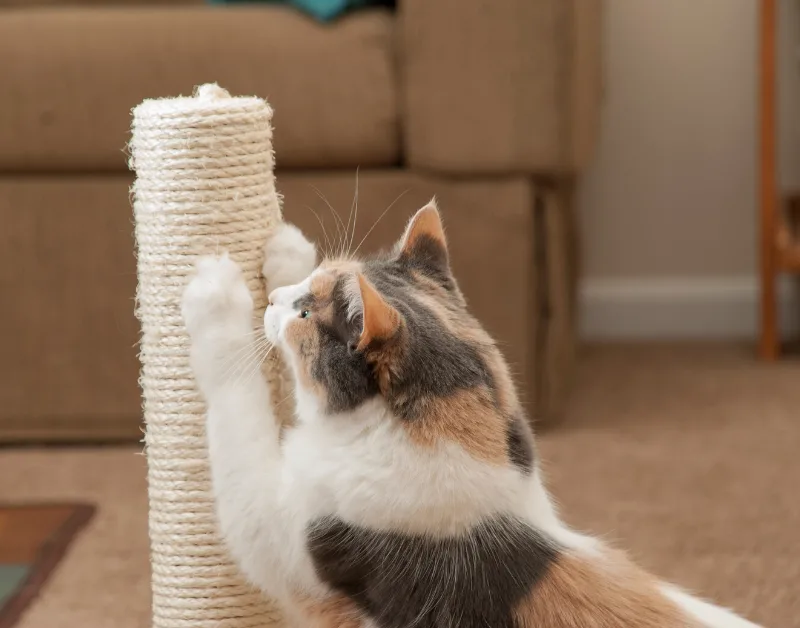
Something important that’s mentioned in the scratching post guide is to avoid getting scratching posts that are lined with the same materials you are currently having problems with your cat scratching.
For example, don’t get a scratching post made of carpet if you don’t want your cat also scratching the carpet.
Cats are unable to understand why it’s okay to scratch the carpet scratching post but not the carpet on the ground.
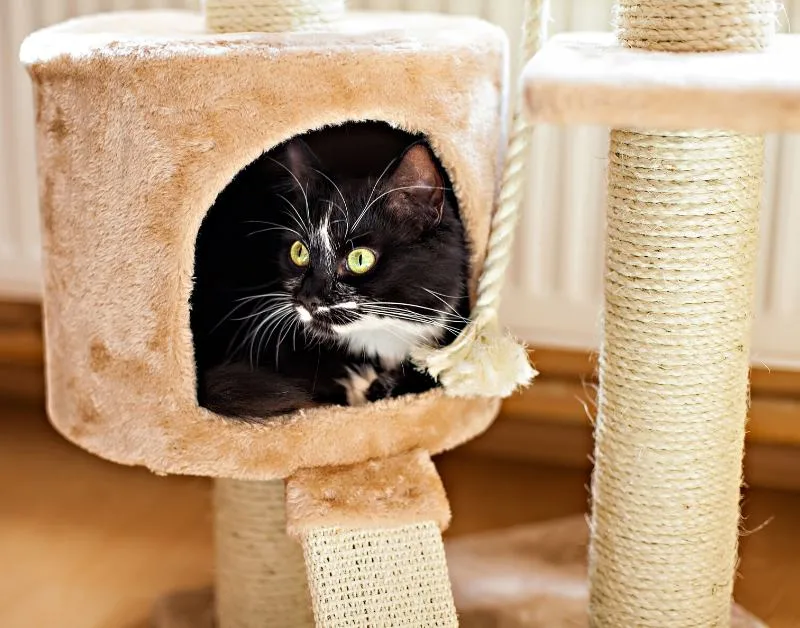
3. Nail Trimming
Nail trimming is not the same thing as declawing. Just like people, cats need to trim their nails too.
Trimming your cat’s nails is an important part of keeping them healthy and avoiding unpleasant consequences that come with long, untrimmed nails.
Properly trimming your cat’s nails will:
- Prevent broken claws
- Prevent getting their claws snagged on furniture, cloth, or carpet
- Prevent some infections
- Minimize the damage from your cat potentially scratching someone
- Minimize the damage from scratching unwanted surfaces
- Keep their claws healthy
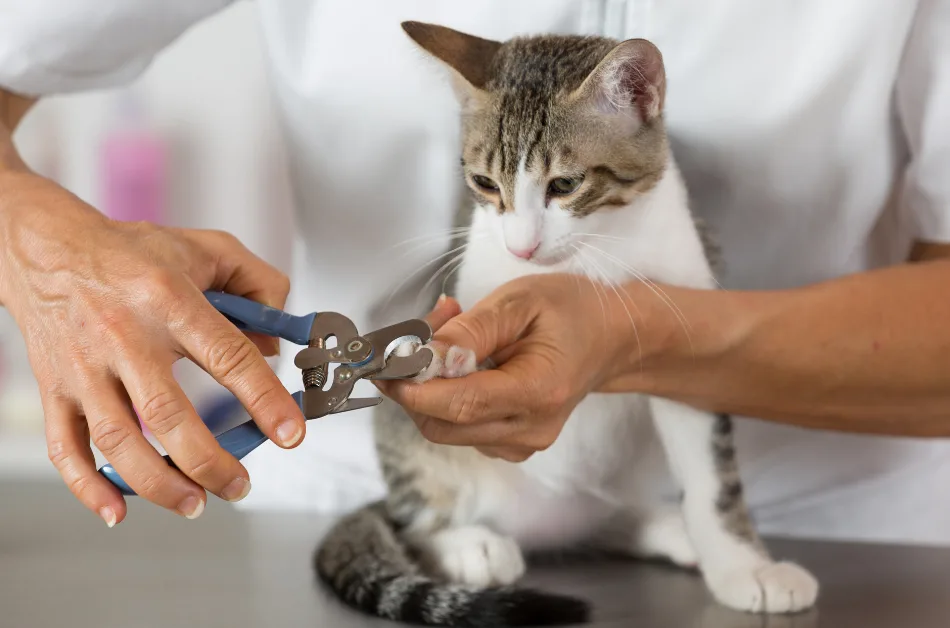
If you’re not sure about how to do it yourself or afraid of potentially hurting your cat in the process, take your cat to your vet or groomer for a nail trim.
You can even ask to watch while they trim your cat’s nails so you can learn to do it yourself in the future.
You can also watch the video below for a step by step guide on how to make trimming your cat’s nails a safe and pleasant experience.
Here’s our favorite nail trimmer for cats.

4. Sticky Tape
Sometimes, your cat might have found a spot in your house that’s just too good for them to stop scratching, even if you’ve done everything you can to provide them with other options.
If this happens, you’ll have to make that object less appealing to them, leading them to seek the other options you’ve so generously provided.
One way to do this is by attaching double sided sticky tape to the surface. The tape itself does not harm your cat at all, but will feel uncomfortable.
This discomfort will make the area much less appealing to scratch.
Once they realize their favorite spot isn’t so great anymore, they’ll be more likely to move on to the scratching post.
Our favorite choice is the Sophisti-Cat Scratch Deterrent Tape.
Over 680 people have given this product a 5 star rating!

5. Nail Covers and Caps
Another option is using nail covers/caps. This option is not ideal, but it’s much better than declawing.
Think of it as a temporary fix until you can get your cat’s scratching behavior under control.
Nail caps are disposable plastic caps that are designed to cover the claw itself. They are glued to the claws.
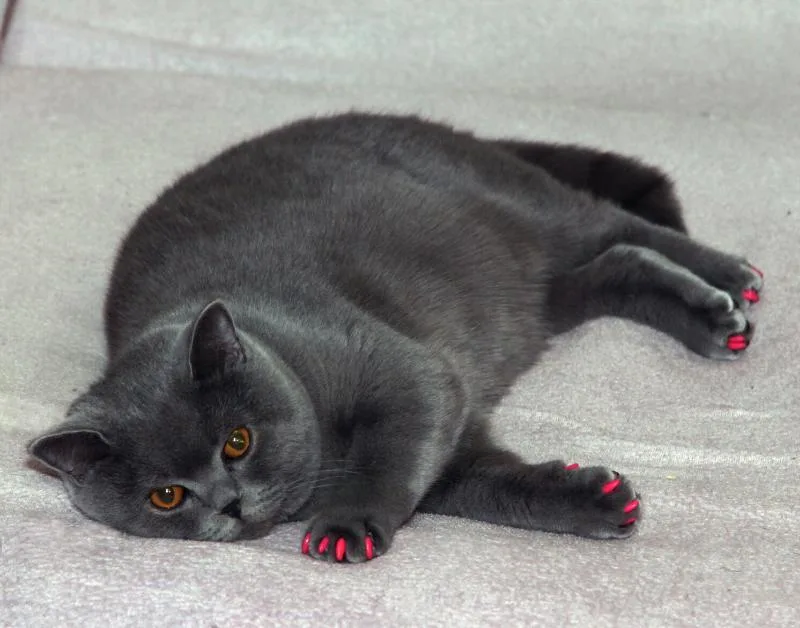
The way these work is by making the cat’s claws duller, thereby reducing the damage they can cause from scratching.
When applied correctly, they do not cause any damage or discomfort to your cat’s nails or paws.
They do not inhibit the growth of the nails and actually tend to fall off around the time your cat is due for a nail trim.
However, just like the rest of these alternatives, nail covers have their pros and cons.
Pros/Advantages
- Dulls claws, eliminating damage they cause
- Not uncomfortable to cat when applied correctly
- Disposable
- Not permanent
Cons/Disadvantages
- Can be difficult to apply
- NOT good for outdoor or indoor/outdoor cats
- Do not change cat’s scratching preferences
- Must be changed periodically
Each cat is different. Some people report that their cats are unbothered by nail caps while others report that they cause their cats discomfort.
If you have any difficulty applying the nail caps on your cat, do not force them on.
This could lead to incorrectly applying the caps which can actually cause your cat to experience discomfort.
Consult with a licensed veterinarian for more information on nail caps and/or assistance with applying them on your cat.

Conclusion
Remember that a combination of techniques will be necessary to change your cat’s scratching behavior.
However, these are all well worth trying compared to declawing.
Cats NEED their claws and declawing is an inhumane practice that is extremely traumatic and painful for cats.
You want your cat to live a happy and healthy life. Taking their toes and claws away from them will lead to a life of stress, discomfort, and pain.
So, if you love your cat (which we know you do) you won’t take their claws away.
Avoid declawing your cat and consider the alternatives below.
Summary: 5 Alternatives To Declawing Your Cat
- Pheromone therapy
- Scratching Posts
- Nail Trimming
- Sticky Tape
- Nail Caps
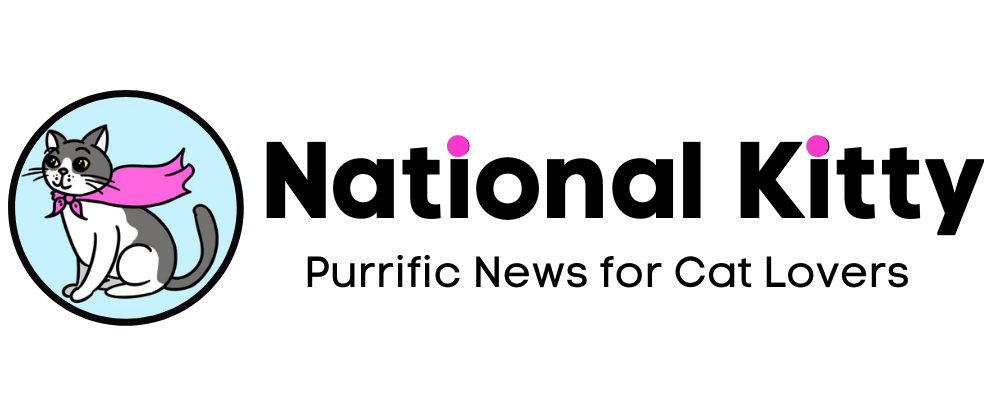
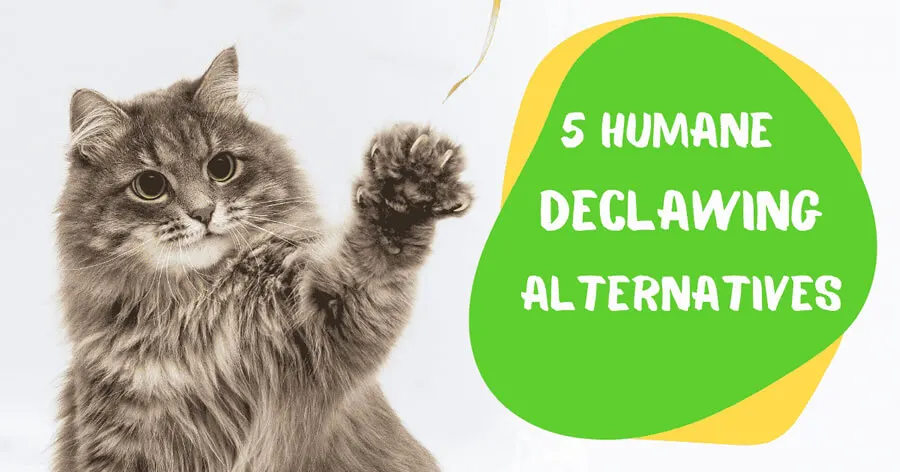

Maria
Friday 20th of August 2021
I agree 100%! Declawing cats is cruel...unfortunately, a lot of people still does this. I guess they value their furniture more than the cat. Just saying. So sad ?.
Kathy
Tuesday 16th of March 2021
My cat was already declawed when we adopted him. What can we do now to make him more comfortable and ease his pain?
Megan Randolph
Monday 30th of March 2020
hank you for these great suggestions! The last time I considered having my cat declawed (several cats ago), I did some research and found out just what happened during the operation and changed my mind very quickly. Hopefully, after reading your post, people will think twice about having it done.
Megan Randolph
Tuesday 24th of March 2020
Thank you for these great suggestions! The last time I considered having my cat declawed (several cats ago), I did some research and found out just what happened during the operation and changed my mind very quickly. Hopefully, after reading your post, people will think twice about having it done.